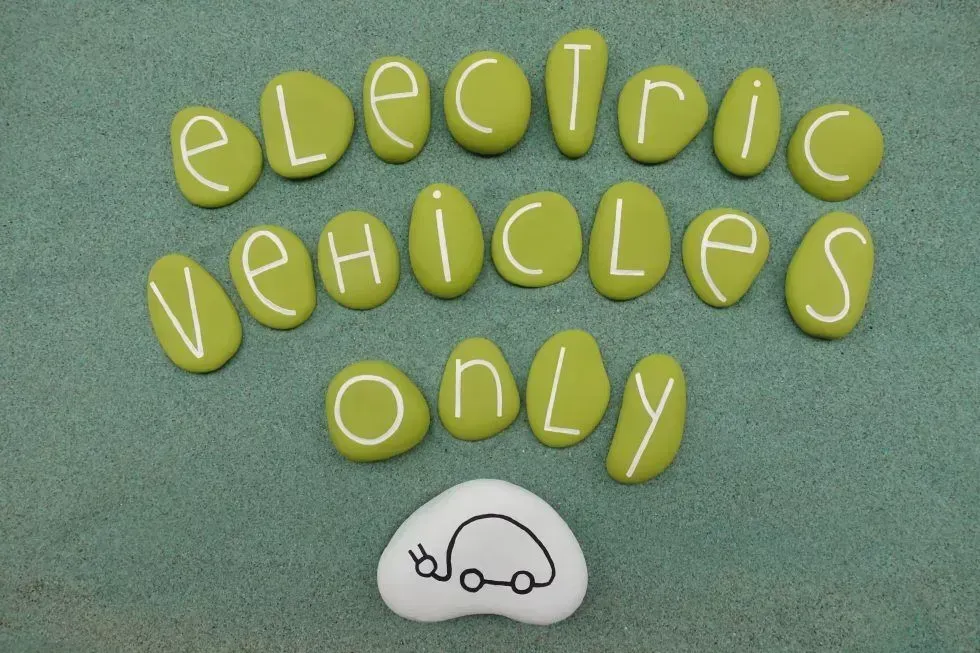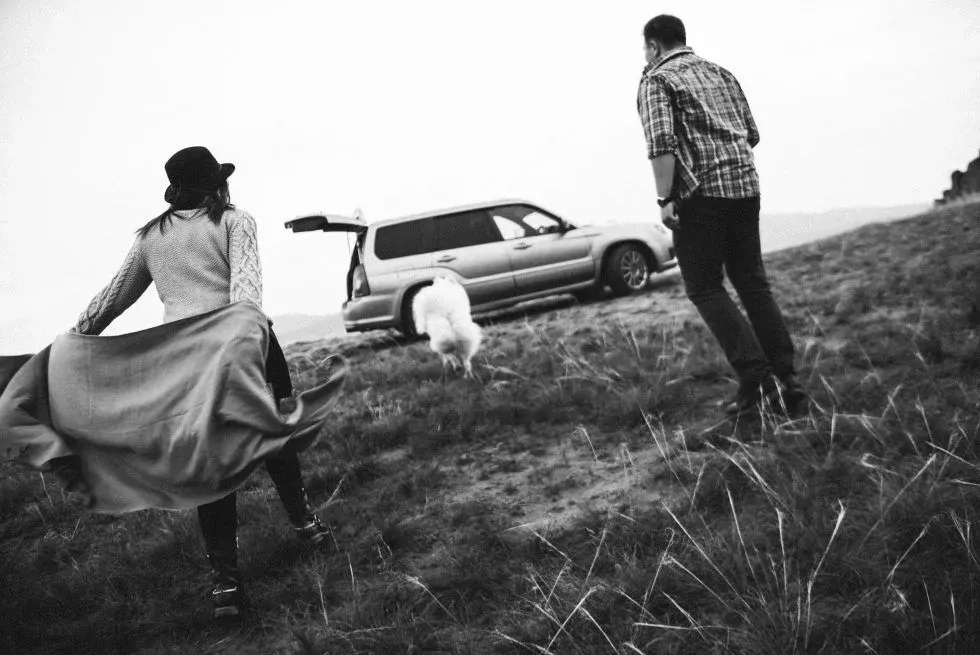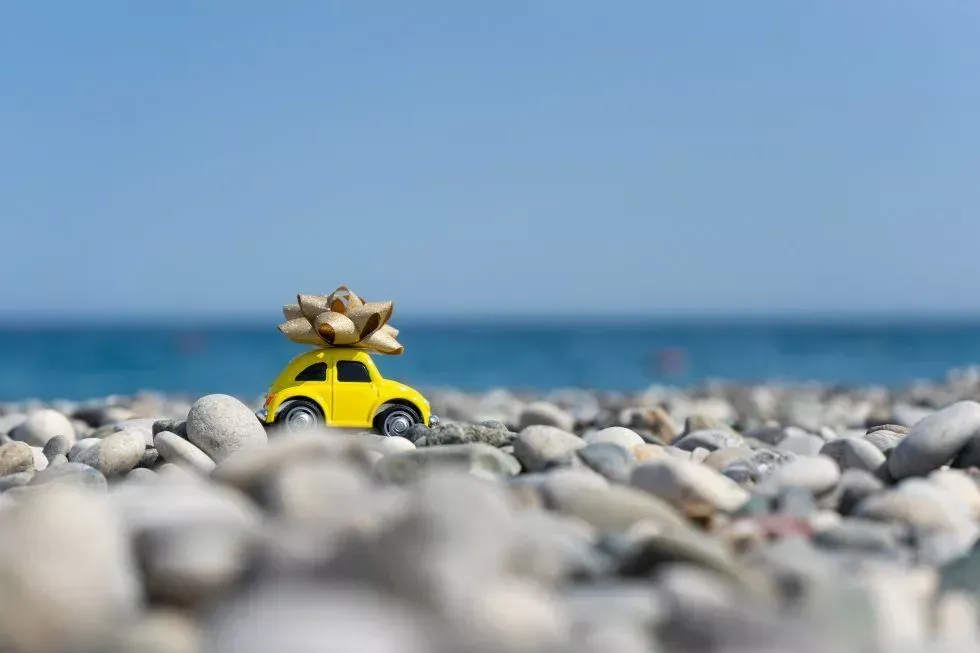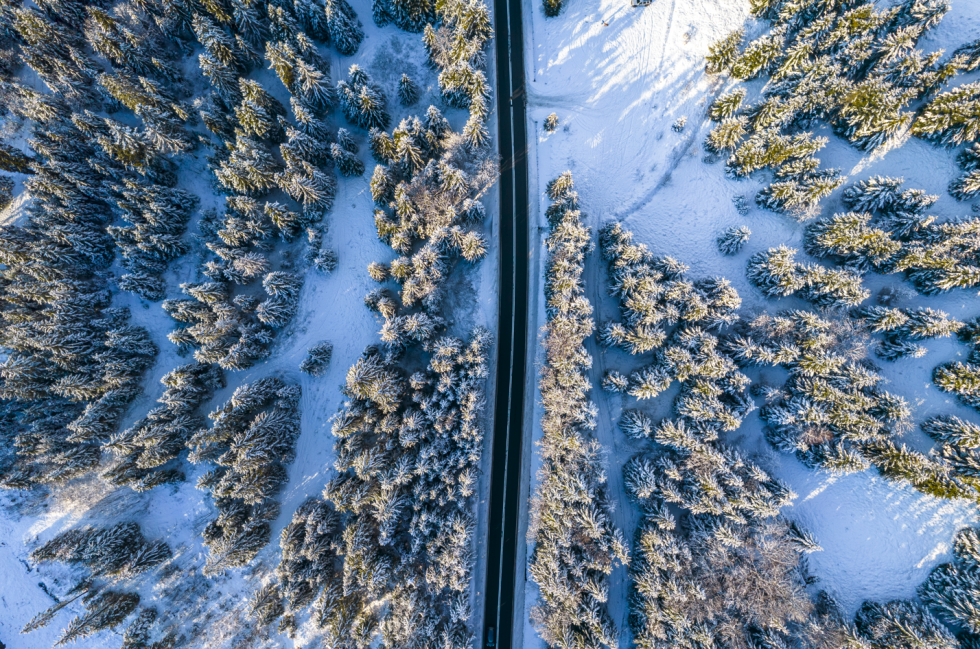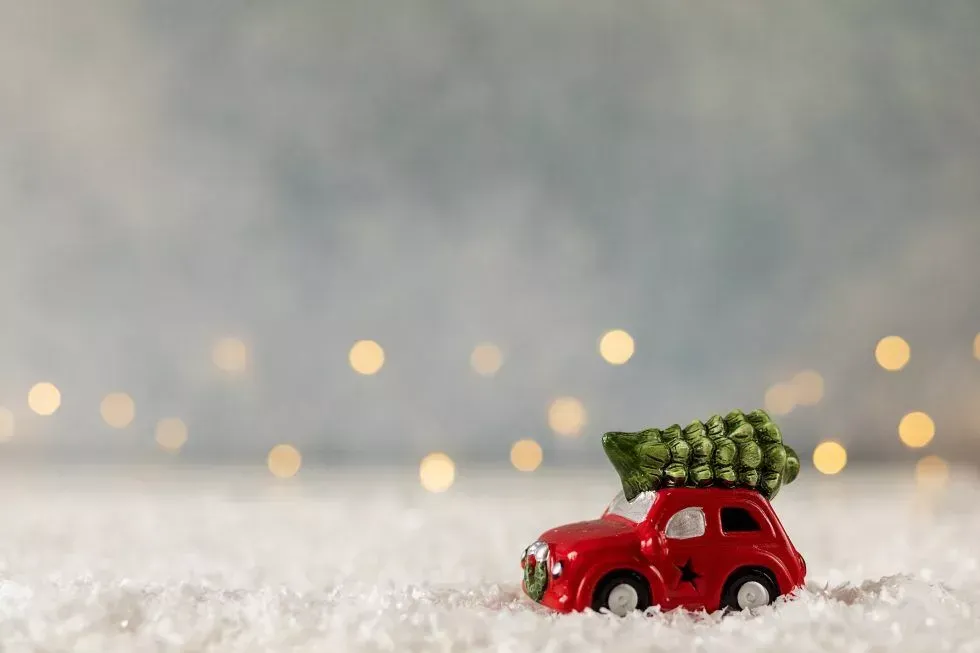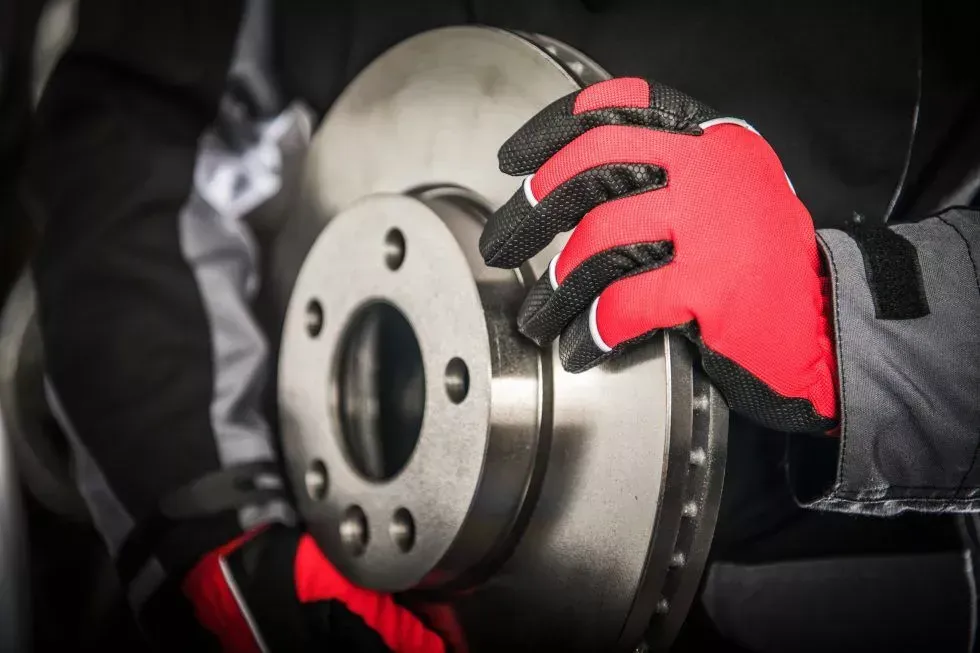How to Drive in the Snow: 7 Tips to Make Expert Spokane Drivers!
How to Drive in the Snow: 7 Tips to Make Expert Spokane Drivers!
When driving in the snow, you need to pay close attention to how you drive. Smooth movements on the steering wheel, accelerator and brakes are critical. The slightest jerk can alter your tire grip and cause you to lose control. The movements on the steering wheel and throttle must be deliberate and slow. It might help to imagine holding a hot cup of coffee. Slow and steady wins the race.
Increase Following Distance when Driving in the Snow
When driving in the snow, you should increase your following distance to prevent a collision. This distance should be at least eight seconds – is a very bare minimum! This distance will allow you to stop for vehicles in front of you without risking a collision. You should also slow down and monitor the space in front of you to prevent collisions.
In the snow, you should also slow down on your gas pedal. This will help you avoid skids. Applying the brakes gradually will also prevent you from sliding on slippery roads. You should also avoid using cruise control on slippery roads.
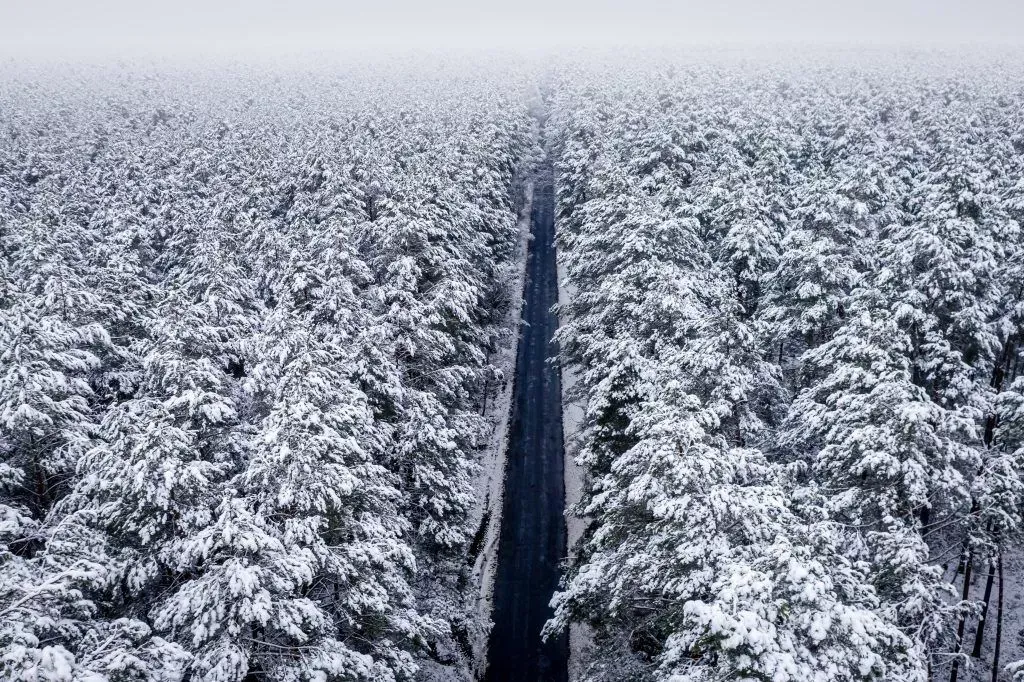
Avoid Passing Snowplows
When driving in the snow, it is important to avoid passing snowplows. This is because snowplow operators are limited in their field of view and cannot see objects in their path. Moreover, the plow’s wing blades block their side views. The road in front of the snowplow is not cleared of snow, and you may end up on bad road conditions.
Avoid Accelerating When Driving in the Snow
While driving in the snow weather, one of the most important things to remember is to avoid accelerating too much. Acceleration will cause the car’s drive wheels to spin and cause it to lose traction. Instead, slowly increase the gas pedal pressure. It will take a bit longer to accelerate but will help you avoid skids.
Avoid Braking Too Quickly When Driving in the Snow
When driving in the snow, drivers need to slow down in order to avoid skidding or losing control of their vehicle. The snow on roads is as slippery as ice, especially when it’s packed down or rained on and then frozen again, so vehicles will need extra time to stop safely. It is also best to maintain a distance of at least eight seconds from the vehicle in front of you, depending on the speed of both vehicles. This way, you will have more time to react to any sudden situations.
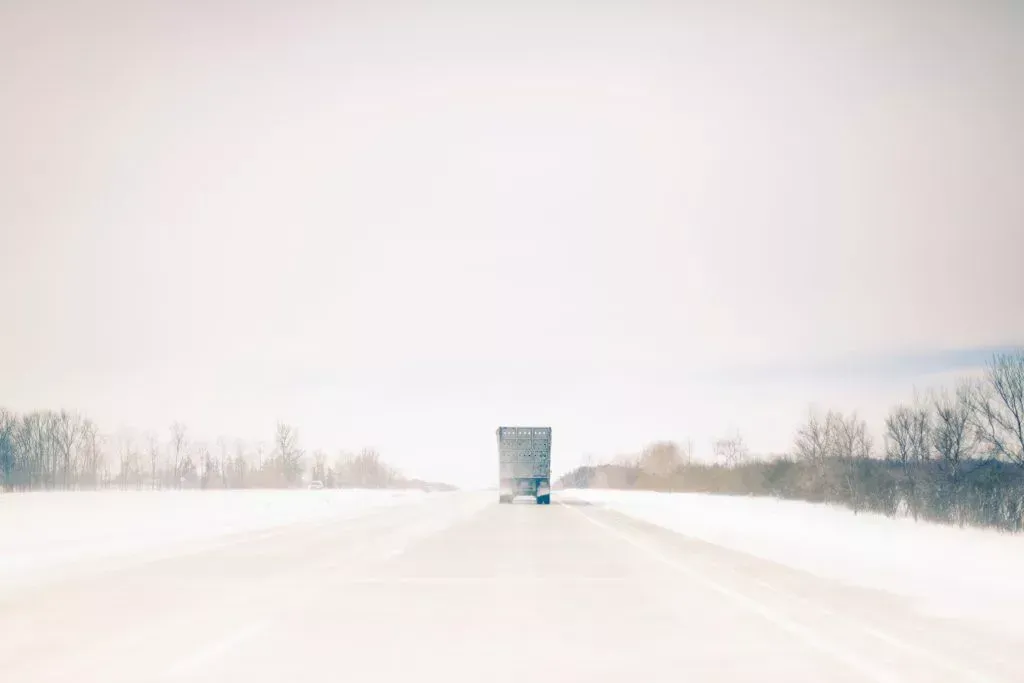
Reduce Your Overall Speed When Driving in the Snow
In addition to slowing down, you should reduce your speed. The speed limit is designed for ideal conditions and, in the snow, braking is much more difficult and potentially dangerous. You should also allow yourself more time to reach your destination, so you can stop safely and without too much need for hurry. To help you avoid skidding, try driving in low gear and don’t use your cruise control. In addition, be especially cautious on exposed roadways, bridges, and overpasses.
Avoid Turning When Driving in the Snow
When driving in the snow, be careful not to make sudden movements or abrupt braking. Instead, ease on and off of the gas slowly. Apply the brakes gradually to ensure that there is adequate traction underneath the wheels. It is also important to approach corners at low speeds, keeping the wheel smooth and steady during the apex exit.
If you must turn at a corner in the snow, start braking steadily as you approach the turn. Then, once you are around the corner, you can start to ease off of the brakes, using your remaining traction to steer through the turn. When turning, avoid steep inclines, as this can cause your vehicle to roll downhill or become stuck.

Make Sure to Scrape Your Window
It seems like a lengthy process, but scraping your window and defrosting your vehicle is extremely important. Make your job easier with the right tools. Get a deicer and a scraper from Amazon. They’ll likely bring it to you – even in the snow!
Takeaway
Driving in the snow can be a stressful and anxiety-inducing situation and you should only go out in the snow if you are comfortable with doing so. No one learns by sitting on the sidelines, but only do what you are comfortable with. There are plenty of people who do not take their foreign vehicles out in the snow to avoid the dangers and damage that can result from the trip.
If your vehicle suffers mechanical damage in the snow or any event, call our crew at C&H Foreign Auto at 509-487-9683 or visit our contact page to get your foreign make vehicle back in action!

